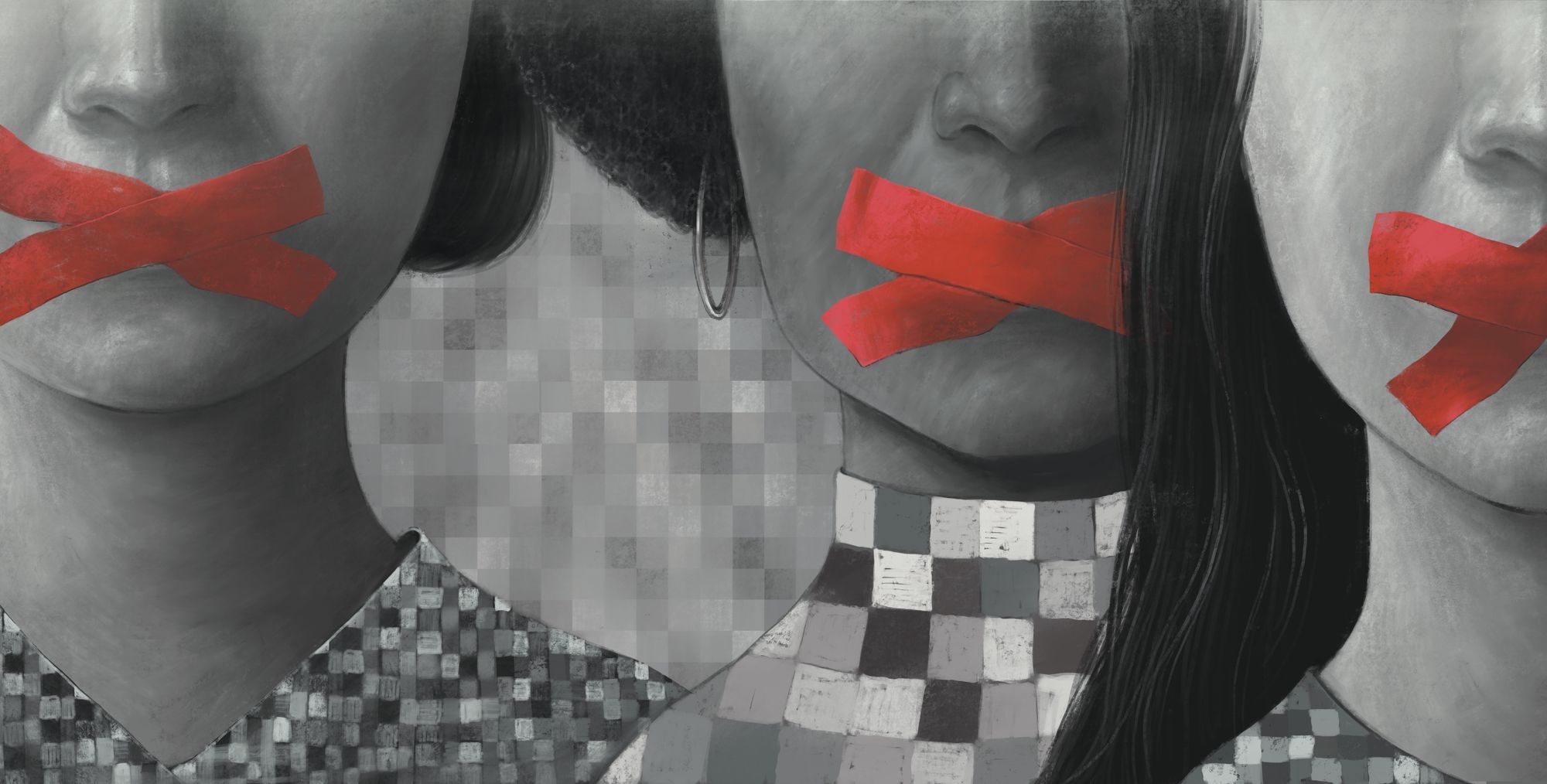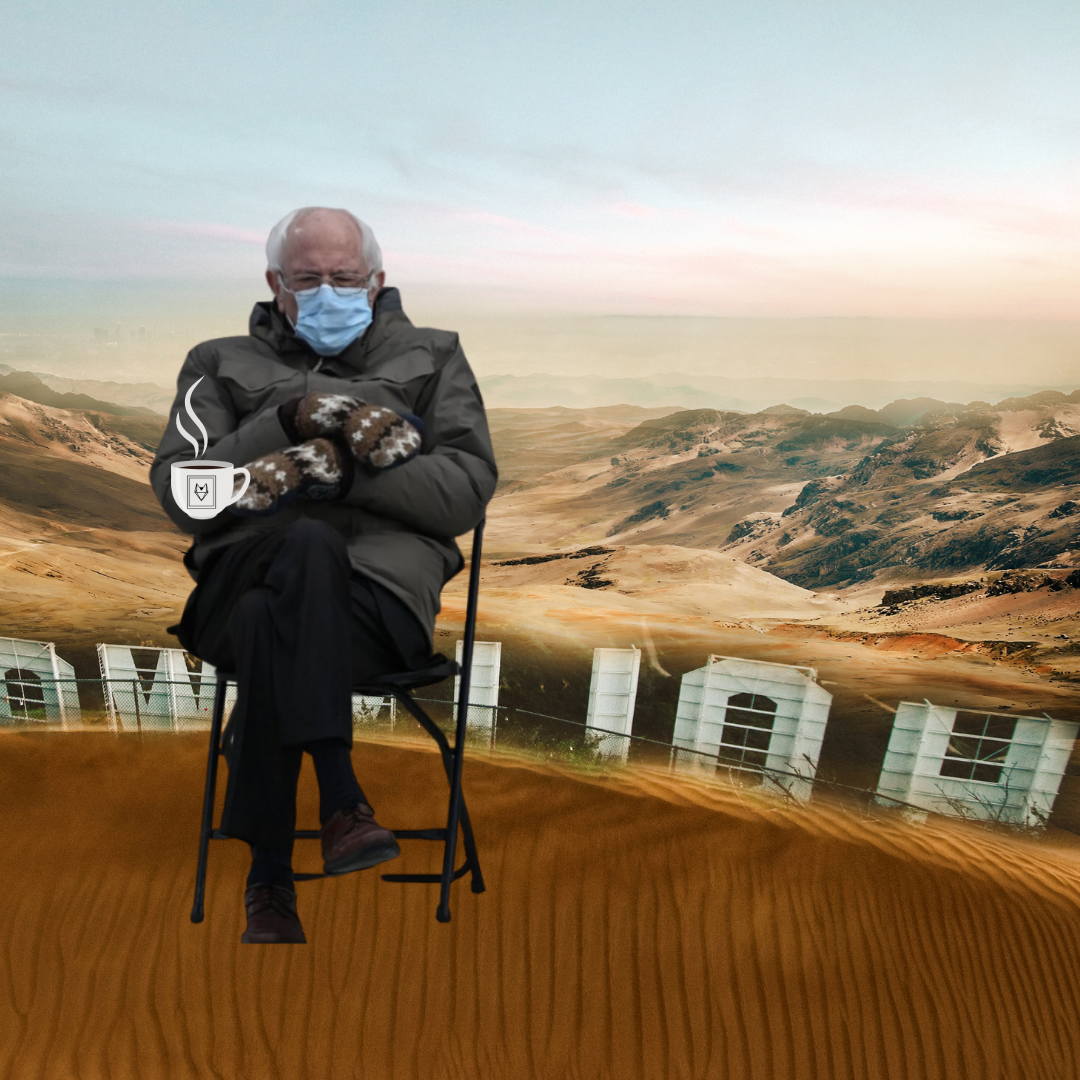
Art in Politics: An Abridged History - Censorship and Freedom of Expression
Cen·sor·ship (noun): the suppression or prohibition of any parts of books, films, news, etc. that are considered obscene, politically unacceptable, or a threat to security.
Ah, yes. Censorship. A cornerstone of religious extremism, fascist authoritarian governments, and billionaire egomaniacs. The age-old practice of simply pretending certain ideas don’t exist—by suppressing them—if these ideas don’t suit those in power. When propaganda fails to achieve a change in societal thinking, this secondary yet equally effective ideological weapon frequently fills in the gaps.
The concept is pretty simple: say what we want you to say, or we’ll take away your right to say anything. Or, if you’re the medieval Catholic Church or the modern Kim Jong Un: say what we want you to say, or you die.
But who among us has the power to decide how we express ourselves?
While propaganda can be perpetuated by anyone, regardless of their societal position, censorship is a unique tool that can only be used by those in positions of power.
Authoritarian leaders like Mao Zedong have used censorship to launch full-blown “cultural revolution” campaigns, destroying historical art, literature, and sculpture to “reshape” the cultures of their civilizations. Modern dictators censor access to the internet in conflicted regions to prevent popular uprisings, from Ukraine to Myanmar. Because many dictators are also whiny babies, they also use censorship to ban books, characters, music, or movies they see as making fun of them (see: Xi Jinping and Winnie the Pooh or Vladimir Putin’s treatment of Russian rock band Pussy Riot).
However, those in power need not be agents of the state to perpetuate censorship. On TikTok, marginalized creators (BIPOC, LGBTQ+, overweight, disabled—and in some cases, simply not conventionally attractive) are vocal about widespread suppression of their art by the app’s algorithm. In spite of TikTok's repeated denials that it suppresses content, this trend his has been heavily documented, and Bytedance (TikTok's parent company) even admitted to the practice in a leaked internal memo, where the company explicitly calls for the suppression of content from “undesirables.”
And if we’re talking about stateless censorship, we have to talk about the elephant no longer in the room: Twitter banning Donald Trump. Whether or not you agree with him, banning Trump from Twitter is indeed a form of censorship. Even though Twitter is a private corporation, its service is still a public platform that disseminates public information. By literal definition, this platform has deemed Trump’s content to be obscene, politically unacceptable, and a threat to security. Even if you agree that his content is dangerous—and personally, yes, I do think it’s dangerous—it’s still censorship. When Trump left office and became a former head of state, only then did the power dynamic shift in Twitter’s favor. Only then did the company act to ban him, despite massive public pressure over the last five years. Incidentally, plenty of white nationalist, conspiracy theory, and hate-group accounts remain live on the site as well, so I wouldn’t look to Twitter to be the ultimate neutral arbiter of public discourse just yet.
Besides, as Chomsky said: “If we don't believe in freedom of expression for people we despise, we don't believe in it at all.”
Fortunately for free speech advocates, not every attempt at censorship is successful. In fact, they can often backfire, perpetuating the very ideas the censor attempted to suppress.
This is why freedom of expression is the very thing that propagandists and censors fear the most, because it combines art and politics in its most powerful form—an organic change in thinking and ideas. Unlike propaganda—which forces the viewer into accepting the maxim of a political opinion—political art forces the viewer to question whatever existing ideas that they hold, and to form their own opinion.
If there’s one thing authoritarians hate, it’s people thinking for themselves.
Look no further than the current music video taking the world by storm—Lil Nas X’s “Montero: Call Me By Your Name.” In case you’ve been living under a rock for the last couple weeks, “Call Me By Your Name” sends Lil Nas X sliding down a stripper pole to hell for being gay and shows him giving Satan a lap dance, as a critique on conservative Christianity’s demonization of homosexuality. When far-right Christians demanded that the song be removed from major platforms and merchandise based on it (such as the infamous “Satan Shoes”) not be sold, it catapulted the song’s notoriety into the stratosphere—a reaction that Lil Nas X planned for in advance and heavily capitalized on. "Call Me By Your Name" has now gone on to be arguably the greatest success of outrage marketing to date.
Like Lil Nas X’s reaction to homophobia, a society’s art is often a direct reaction to its politics. Entire genres of music have blossomed through political activism or as a reaction to oppression. Blues, jazz, soul, rock, and hip-hop emerged from black communities experiencing oppression in the United States. Punk became a cultural mainstay in the UK under austerity, and has gone on to characterize modern protest movements around the globe, most recently in Myanmar under the military coup.
After the First World War broke out in Europe, the Dada movement used its artistic style of absurdity, satire, and nonsense to critique bourgeois nationalism and what they viewed as the nonsensical folly of the war, as well as the subsequent rise of fascism. Although some scholars like to think Dada has faded into obscurity, I’d argue that we have a pretty ubiquitous direct descendant of the cut-up and collage techniques they used: memes.
Like collage, memes take existing pictures or famous phrases, cut them up, and reshuffle them into something nonsensical and absurd to make a point. Unless of course you think THIS is not nonsensical or absurd:

Any great societal change comes first from its art. Without the freedom of artists to express themselves openly and politically, art as we know it would not exist. Where would we be without George Carlin or Jon Stewart’s searing comedic monologues skewering the politics of the day? Banksy’s guerrilla graffiti and street art? Bong Joon Ho’s Oscar-Winning Parasite as a critique on inequality? Or jazz? Like, the whole genre?
Without full freedom of expression and freedom of artistry, our world would be lost and colorless. Thankfully, the fight goes on.
*Feature image by Jorm S (Adobe)